E-commerce Growth
The rapid growth of e-commerce is significantly impacting the Packaging Inks And Coatings Market. As online shopping continues to expand, the demand for innovative and protective packaging solutions is on the rise. E-commerce packaging must not only be visually appealing but also functional, ensuring that products arrive safely at their destination. This trend is leading to an increased use of specialized inks and coatings that enhance the durability and visual appeal of packaging. The e-commerce packaging market is projected to grow at a rate of approximately 14% annually, indicating a robust opportunity for manufacturers in the inks and coatings sector. Companies are increasingly investing in research and development to create packaging solutions that cater specifically to the needs of e-commerce.
Consumer Preferences
Shifting consumer preferences are driving changes in the Packaging Inks And Coatings Market. Today's consumers are more discerning, seeking products that not only meet their functional needs but also align with their values. This trend is pushing brands to adopt packaging solutions that reflect quality and sustainability. For instance, the demand for premium packaging, which often utilizes high-quality inks and coatings, is on the rise. Research indicates that consumers are willing to pay a premium for products that feature attractive and sustainable packaging. This shift in consumer behavior is prompting manufacturers to innovate and differentiate their offerings, thereby creating a dynamic environment within the packaging inks and coatings sector.
Regulatory Compliance
Regulatory compliance is becoming increasingly critical in the Packaging Inks And Coatings Market. Governments and regulatory bodies are implementing stringent guidelines regarding the safety and environmental impact of packaging materials. This has led to a heightened focus on developing inks and coatings that meet these regulations, particularly in food and beverage packaging. The market for compliant packaging solutions is expected to grow as manufacturers seek to avoid penalties and enhance their brand reputation. Compliance with regulations not only ensures consumer safety but also opens up new market opportunities for companies that can demonstrate their commitment to quality and safety standards. As a result, regulatory compliance is likely to remain a key driver in shaping the future of the packaging inks and coatings market.
Sustainability Initiatives
The increasing emphasis on sustainability within the Packaging Inks And Coatings Market is driving innovation and demand for eco-friendly products. Companies are increasingly adopting sustainable practices, such as using renewable resources and reducing waste. This shift is reflected in the growing market for bio-based inks and coatings, which are projected to reach a value of approximately 3 billion USD by 2026. As consumers become more environmentally conscious, brands are compelled to align their packaging strategies with sustainable principles, thereby enhancing their market competitiveness. Furthermore, regulatory pressures are also influencing manufacturers to develop inks and coatings that comply with environmental standards, which could lead to a significant transformation in the industry landscape.
Technological Advancements
Technological advancements are playing a pivotal role in shaping the Packaging Inks And Coatings Market. Innovations in printing technologies, such as digital printing, are enabling manufacturers to produce high-quality packaging solutions with greater efficiency. The market for digital inks is expected to grow at a compound annual growth rate of around 10% over the next few years, driven by the demand for customization and shorter production runs. Additionally, advancements in coating technologies, including UV and water-based coatings, are enhancing the performance and durability of packaging materials. These technologies not only improve the aesthetic appeal of packaging but also contribute to longer shelf life and better product protection, thereby influencing purchasing decisions.


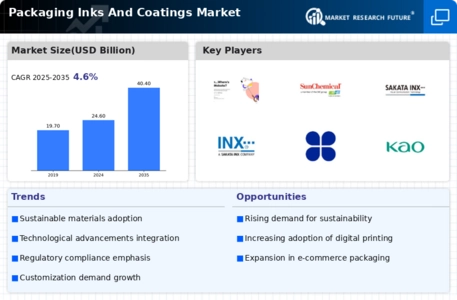
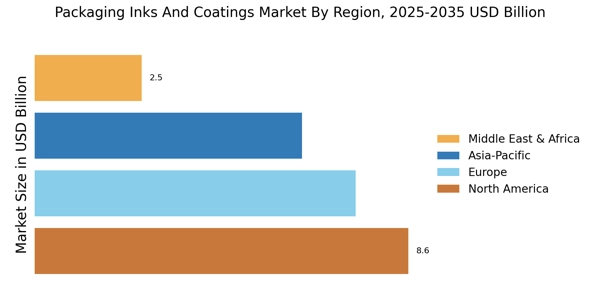
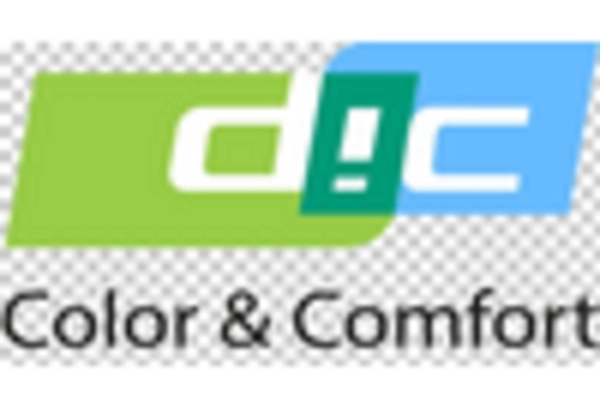
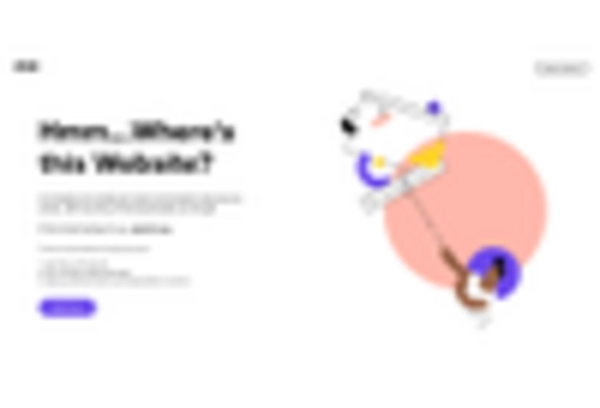


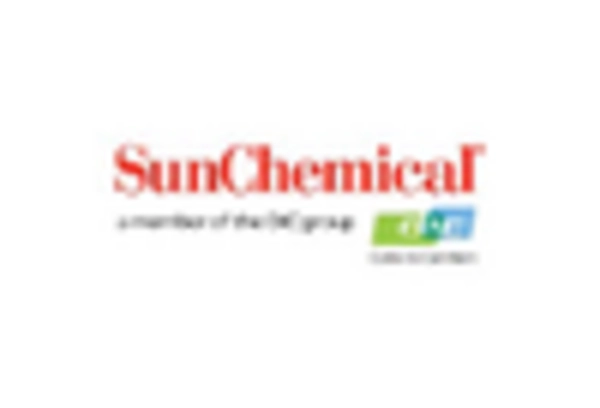
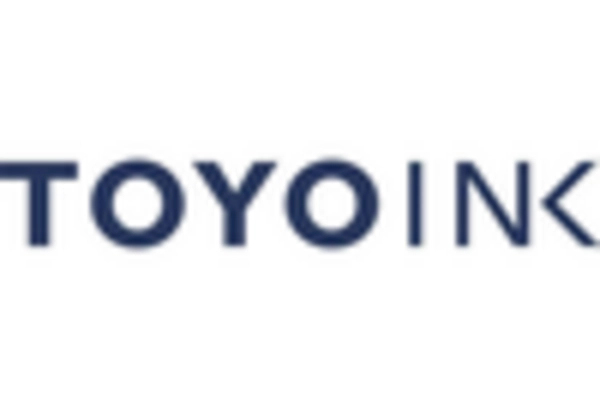








Leave a Comment